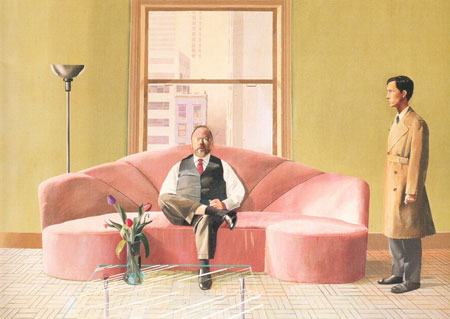One of the most important choreographers of the late 20th century, Anne Teresa De Keersmaeker will adapt her widely acclaimed 1982 performance, Fase: Four Movements to the Music of Steve Reich, for The Tanks.
Fase, an hour-long minimalist dance performed by De Keersmaeker and a partner, is considered to be the starting point of the contemporary dance movement that developed in Flanders during the 1980s. In her choreography, De Keersmaeker explores the relationship between music and dance and aims to articulate the basic principles of the musical composition rather than allowing the dance to simply illustrate the music.
Anne Teresa De Keersmaeker and Tale Dolven will perform each part of the Fase throughout the day from Wednesday to Friday. On Thursday and Friday evenings all four parts will be performed in one hour-long performance
On 20 July, Anne Teresa De Keersmaeker will be in-conversation with performance theorist and musicologist Bojana Cvejić to mark the launch of a new publication A Choreographer’s Score: Fase, Rosas danst Rosas, Elena’s Aria, Bartók. The event will be introduced by Chris Dercon, Director of Tate Modern, and renowned choreographer Jonathan Burrows. The presentation includes a special performance of Rosas danst Rosas, danced by Tale Dolven, Cynthia Loemij, Fumiyo Ikeda and Elizaveta Penkóva. The publication, A Choreographer’s Score, offers an insight into de Keersmaeker’s choreography and into the making of four of her early works through interviews, drawings, schemes, photos, working notes, post-performance documents and four DVDs.
Anne Teresa De Keersmaeker
Fase: Four movements to the Music of Steve Reich 1982
Photo: Herman Sorgeloos















































